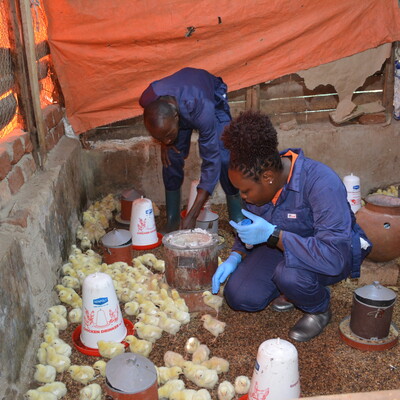
Celebrate World Antibiotic Awareness Week by updating yourself on why health experts are so concerned
This week is World Antibiotic Awareness Week.
Get yourself updated with this useful short overview
on the rising global problem
of antimicrobial resistance by reading this
‘Factbox’ from Thomson Reuters Foundation.Follow social media stories on this topic with these hashtags:
#AntibioticAwarenessWeek, #AntibioticResistance, #WAAW2017, #AMRExcerpts from the Reuters Factbox article follow.
Rising levels of drug resistance is a serious threat not only to public health but also for food safety, food security and development of low and middle-income countries, experts say.
Here are some facts and figures about antimicrobial resistance (AMR), which experts fear will lead to dangerous superbug infections in people for which there are no medicine.
- Antimicrobials are drugs that destroy disease-causing pathogens such as bacteria, viruses, fungi and parasites. The most important antimicrobials are antibiotics, which treat bacterial infections.
- Antimicrobial resistance (AMR) occurs when these pathogens evolve to adapt to the drugs, making them less effective.
- While such evolution is natural, the pace of AMR’s spread is now on the rise due to inappropriate and excessive use of antimicrobials in humans, animals, and even in crops . . . .
- It is estimated that 700,000 people die every year from AMR around the world. This number could rise to 10 million by 2050—one death every three seconds—according to a 2016 report. This is more people than currently die of cancer. . . .
- There are few new antibiotics under development to combat AMR. . . .
- The WHO says the bulk of antimicrobials administered worldwide are for animals, with around 80 percent of total consumption of medically important antibiotics coming from the animal sector in some countries.
- They are used to treat sick animals, but also on healthy animals to stop them getting sick and to speed up their growth. . . .
In 2015, the International Livestock Research Institute identified current and future hotspots for AMR in livestock and aquaculture as Bangladesh, Brazil, Chile, China, Indonesia, India, Myanmar, Nigeria, Peru, Vietnam, and Thailand.
The WHO, FAO and the Paris-based World Organisation for Animal Health (OIE) are helping low and middle-income countries come up with concrete plans to tackle the threat of AMR.
Sources: World Health Organization, Food and Agricultural Organization, World Organisation for Animal Health, World Economic Forum, The Wellcome Trust, The International Livestock Research Institute, The Lancet, World Bank, Centers for Disease Control and Prevention, The Center for Disease Dynamics, Economics & Policy, The Review on Antimicrobial Resistance, American Society for Biology. Read the whole article by Thin Lei Win at the Thomson Reuters Foundation: Factbox: Why are health experts so concerned about drug resistance?, 14 Nov 2017.
Read the whole article by Thin Lei Win at the Thomson Reuters Foundation: Factbox: Why are health experts so concerned about drug resistance?, 14 Nov 2017.
Read more about ILRI research on antimicrobial use in developing-country livestock populations on the ILRI News blog:
- Imposing user fees on veterinary antimicrobials is a plausible way to curb antimicrobial use in food animals, 8 Oct 2017.
- Confronting the rising threat of antibiotic resistance in livestock, 30 Jun 2017.
- Access vs excess to antibiotics: The dual antimicrobial resistance issue facing the world, 18 Dec 2016.
- Apocalyptic numbers: Antibiotic resistance as the classic ‘One Health’ (and classic ‘One World’) planetary issue, 4 Aug 2016.
- Limiting use of antibiotics in livestock production to stem growing antimicrobial resistance in human pathogens, 31 Dec 2015.
- UK chief scientific adviser visits Kenya: Part 3—The dual rise of the global livestock sector and antimicrobial resistance, 23 Jul 2015.
- The rise of antimicrobial resistance (lethal) and animal agriculture (critical): Their links in developing countries, 18 Jun 2015.
And read this on the website of the CGIAR Research Program on Agriculture for Nutrition and Health:
ILRI releases evidence-review on antimicrobial resistance, 17 Jun 2015.
Read and download a major ILRI research report on this topic:
Review of Evidence on Antimicrobial Resistance and Animal Agriculture in Developing Countries, Jun 2015, by Delia Grace (PDF, 719KB).















